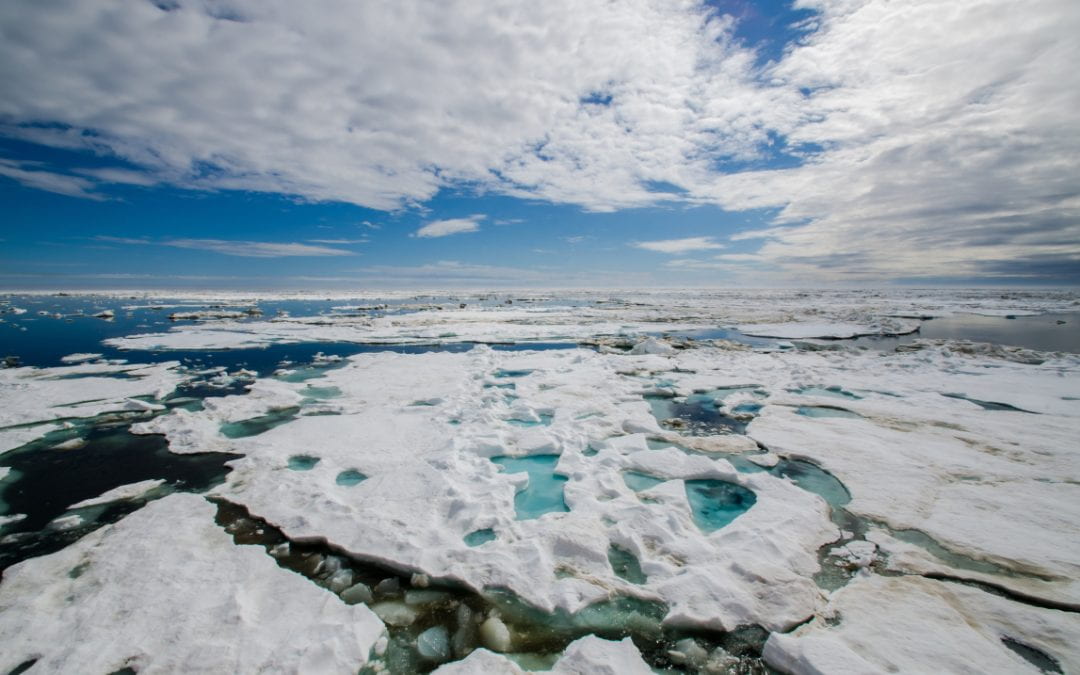Many argue that climate change is the greatest issue facing humanity today. With that said, it is rapidly advancing and the effects are being seen more and more every year. Starting off the new year, it is important to be aware of the substantial climatic changes that occurred during the past year.
Although most people may be aware that the Earth is warming, let’s explore the extent to which this is occurring. NASA identified 2022 as the fifth warmest year, tying with 2015. Global temperatures were 1.6 degrees fahrenheit above NASA’s baseline temperature. La Niña is a natural climatic phenomenon that leads to a general cooling effect around the globe. In previous years, this phenomenon has visibly offset human-caused warming. However, the extent of global warming in 2022 was so large that despite the La Niña conditions, the temperatures were unable to be stabilized (NASA, 2023).
The last eight years appear to be the warmest eight years on record. From January to September of 2022, Global Mean Surface Temperature was 1.15 +/- 0.13 degrees celsius warmer than the pre-industrial baseline levels (Person, 2022).
A visible effect of global temperature increase is the melting of ice sheets and glaciers. With unprecedented temperature increases there will be unprecedented melting as well. The sea-ice extent in the Arctic was below the long-term average for most of 2022. On February 25, 2022, the Arctic sea-ice extent was at a record low: 1.92 million kilometers squared. The sea-ice extent continued to remain at below-average levels through October 2022.
One consequence of persistent temperature increase is that melting ice and snow is difficult to replenish, as there is a lack of proper conditions for sustained freezing. “For the first time in history, no snow outlasted the summer season even at the very highest measurement sites and thus no accumulation of fresh ice occurred. (Person, 2022)”
Carbon dioxide emissions seem to be the talk of the town. However, has this been shown in measured emissions? Unfortunately, it has not. This is partially due to the fact that it takes years for emissions to be measurably lowered after a change in emissions patterns. In 2022, carbon dioxide emissions appeared to be the highest of all time (NASA, 2023). With current and future systemic reforms, we will be able to see in the following years if the emissions are truly being lowered. In 2021, carbon dioxide levels were at a 149% increase from pre-industrial levels. Methane emissions, which like carbon dioxide lead to trapped long wave radiation and global warming, were at a 262% increase from pre-industrial levels (Person, 2022).
Global mean sea level rise was another exacerbated climatic issue in 2022. Since January 2022, sea level has risen 10mm.
A disastrous impact of climate change that had a profound peak in 2022 was extreme weather events and conditions. “The majority of the Indian subcontinent received high precipitation totals and the monsoon extended farther westward than usual towards Pakistan, where there was extensive flooding” (Person, 2022).
Some notable extreme weather events from 2022 are the following:
- Heat waves in India and Pakistan.
- The premonsoon period resulted in extraordinarily high temperatures in India and Pakistan. These temperatures led to a large decline in crop yields and an increase in food insecurity.
- Flooding in Pakistan
- 33 million people were affected by the floods in Pakistan and 7.9 million people were displaced. These floods led to the spread of water-borne diseases with the greatest impacts being seen in south and central Pakistan, two of the more vulnerable and food-insecure areas in Pakistan.
- Drought in the Horn of Africa
- About 18.4 to 19.3 million people were subject to some level of food insecurity until June 2022.
- Floods in Bangladesh
- Bangladesh experienced its worst floods in 20 years, with 7.2 million people affected and 481,000 known displacements.
For those that are curious about the most recent systemic reforms and adaptation strategies required for mitigating climate change, you can read the following IPCC report:
https://www.ipcc.ch/report/ar6/wg3/
Sources:
NASA. (2023, February 2). NASA says 2022 fifth warmest year on record, warming trend continues – climate change: Vital signs of the planet. NASA. Retrieved February 6, 2023, from https://climate.nasa.gov/news/3246/nasa-says-2022-fifth-warmest-year-on-record-warming-trend-continues/
Person. (2022, November 3). Provisional state of the global climate 2022. ArcGIS StoryMaps. Retrieved February 6, 2023, from https://storymaps.arcgis.com/stories/5417cd9148c248c0985a5b6d028b0277
The IPCC climate change 2022 impacts report: Why it matters. National Oceanic and Atmospheric Administration. (n.d.). Retrieved February 6, 2023, from https://www.noaa.gov/stories/ipcc-climate-change-2022-impacts-report-why-it-matters


